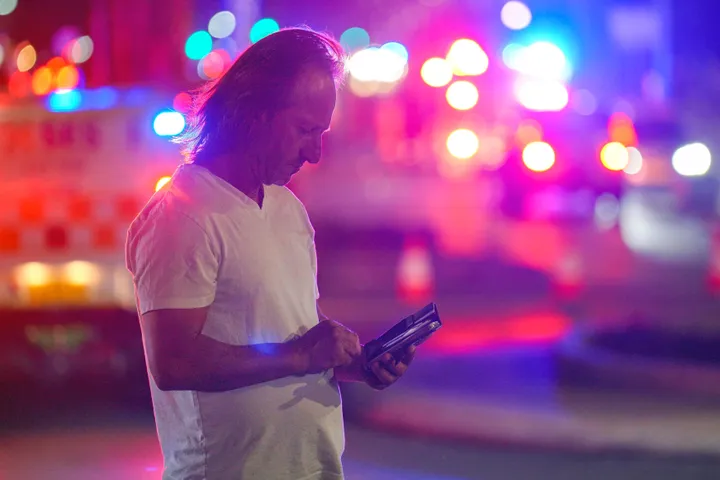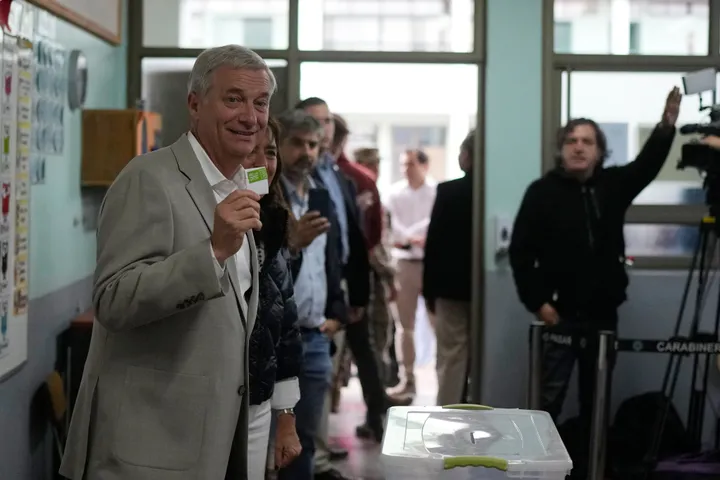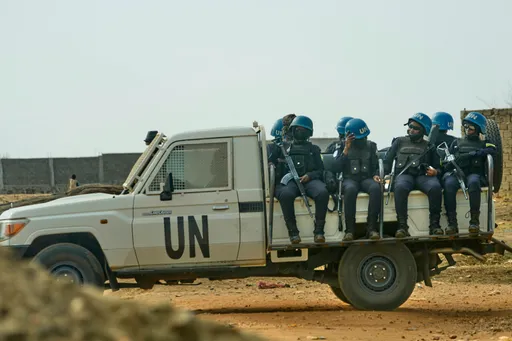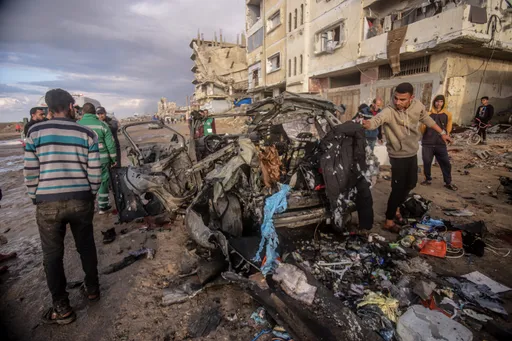The painfully cold weather system that put much of the Midwest into a historic deep freeze was expected to ease on Thursday, though temperatures could still tumble to record lows in some places before the region begins to thaw out.
Disruptions caused by the cold will persist, too, including power outages and cancelled flights and trains.
Crews in Detroit will need days to repair water mains that burst on Wednesday, and other pipes can still burst in persistent subzero temperatures.
The cold has caused at least 12 deaths since Saturday across the Midwest, according to officials and news media reports. Some died in weather-related traffic accidents, others from apparent exposure to the elements.
TRT World'sNatasha Hussein has more.
Before the worst of the cold begins to lift, the National Weather Service said Chicago could hit lows early Thursday that break the city's record of minus 32 Celsius (minus 27 Fahrenheit) set on January 20, 1985.
Some nearby isolated areas could see temperatures as low as minus 40 C (minus 40 F). That would break the Illinois record of minus 38 C (minus 36 F), set in Congerville on January 5, 1999.
Ghost town
As temperatures bounce back into the single digits on Thursday and into the comparative balmy 20s by Friday, more people were expected to return to work in Chicago, the nation's third-largest city, which resembled a ghost town after most offices told employees to stay home.
The blast of polar air that enveloped much of the Midwest on Wednesday closed schools and businesses and strained infrastructure with some of the lowest temperatures in a generation. The deep freeze snapped rail lines, cancelled hundreds of flights and strained utilities.
Chicago dropped to a low of around minus 30 C (minus 23 F), slightly above the city's lowest-ever reading of minus 32 C (minus 27 F) from January 1985.
Milwaukee had similar conditions. Minneapolis recorded minus 32 C (minus 27 F). Sioux Falls in South Dakota saw minus 31 C (minus 25 F).
Feels like
Wind chills reportedly made it feel like minus 45 C (minus 50 F) or worse.
Trains and buses in Chicago operated with few passengers. The hardiest commuters ventured out only after covering nearly every square inch of flesh against the extreme chill, which froze ice crystals on eyelashes and eyebrows in minutes.
The Postal Service took the rare step of suspending mail delivery in many places, and in southeastern Minnesota, even the snowploughs were idled by the weather.
The bitter cold was the result of a split in the polar vortex, a mass of cold air that normally stays bottled up in the Arctic.
The split allowed the air to spill much farther south than usual. In fact, Chicago was colder than the Canadian village of Alert, one of the world's most northerly inhabited places.
Alert, which is 804 kilometres (500 miles) from the North Pole, reported a temperature that was a couple of degrees higher.
Officials in dozens of cities focused on protecting vulnerable people from the cold, including the homeless, seniors and those living in substandard housing.
At least eight deaths were linked to the system, including an elderly Illinois man who was found several hours after he fell trying to get into his home and a University of Iowa student found behind an academic hall several hours before dawn.
Elsewhere, a man was struck by a snowplough in the Chicago area, a young couple's SUV struck another on a snowy road in northern Indiana and a Milwaukee man froze to death in a garage, authorities said.
Aside from the safety risks and the physical discomfort, the system's icy grip also took a heavy toll on infrastructure, halting transportation, knocking out electricity and interrupting water service.
Amtrak cancelled scores of trains to and from Chicago, one of the nation's busiest rail hubs. Several families who intended to leave for Pennsylvania stood in ticket lines at Chicago's Union Station only to be told all trains were cancelled until Friday.
"Had I known we'd be stranded here, we would have stayed in Mexico longer — where it was warmer," said Anna Ebersol, who was travelling with her two sons.
Ten diesel-train lines in the Metra commuter network kept running, unlike the electric lines, but crews had to heat vital switches with gas flames and watched for rails that were cracked or broken. When steel rails break or even crack, trains are automatically halted until they are diverted or the section of rail is repaired, Metra spokesman Michael Gillis explained.
A track in the Minneapolis light-rail system also cracked, forcing trains to share the remaining track for a few hours.
In Detroit, more than two dozen water mains froze. Customers were connected to other mains to keep water service from being interrupted, Detroit Water and Sewerage spokesman Bryan Peckinpaugh said.
Most mains were installed from the early 1900s to the 1950s. They are 1.5 to 1.8 metres (5 to 6 feet) underground and beneath the frost line, but that matters little when temperatures drop so dramatically, Peckinpaugh said.
On a typical winter day, the city has five to nine breaks, with each taking about three days to fix. But those repairs will take longer now with the large number of failures to fix, he added.
























